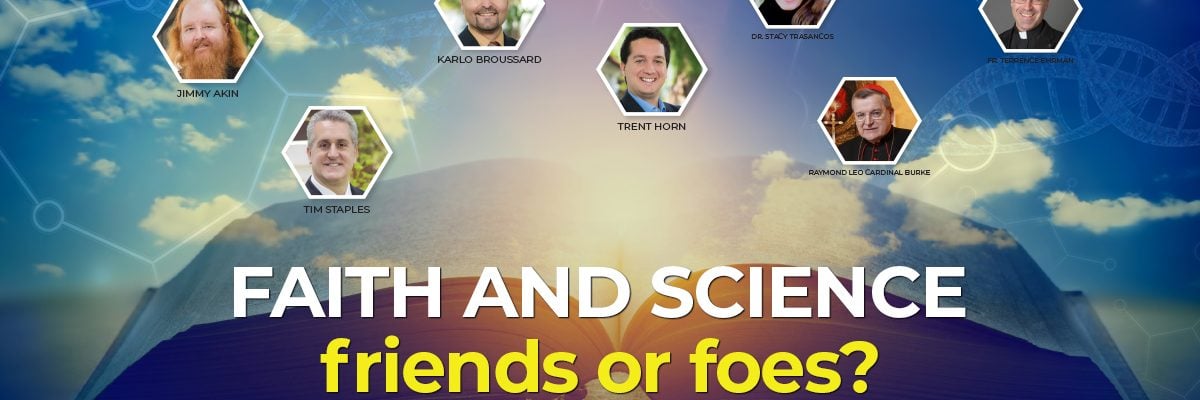
Exactly 400 years ago, three comets appeared in the night sky and set off a considerable controversy. One party to the debate was a man by that time well known to public controversy, Galileo Galilei. The other party was a Jesuit priest from the Roman College whose name was Orazio Grassi. Let me guess: you’ve heard of Galileo but not Fr. Grassi.
Grassi, like all priests of the Society of Jesus in the sixteenth and seventeenth centuries, was a man of immense intellect and breadth of learning. (So was Galileo, for that matter.) If you have ever been to Rome, you have probably seen the magnificent church Grassi designed. It’s dedicated to the founder of the Jesuits, St. Ignatius Loyola. Buried in this Baroque jewel just a block from the Pantheon is St. Robert Bellarmine, who, had he lived, would likely have brought what has come to be called the Galileo Affair to a happier conclusion. But we are getting ahead.
Fr. Grassi was not only a great architect; he was also a skilled astronomer, though that word was not yet in use. When the three comets appeared in 1618, a battle began between Galileo and Grassi that lasted five years, culminating in Galileo’s famous work, il Saggiatoreor (The Assayer). A dear friend of mine who teaches graduate-level theology and history likens The Assayer to the first draft of a doctoral dissertation: lots of rhetorical flair with occasional flashes of brilliance.
In any case, on the question of comets, Fr. Grassi was correct, and Galileo, who to this day is heralded as a champion of science over religion, was wrong. Grassi argued that comets traveled in the heavenly sphere, that is, beyond the moon. Indeed, he argued that because no parallax could be measured with comets; they were very, very far away. (Parallax? I’ll come back to that.)
Galileo argued that comets were optical phenomena. He had no observable data, but he argued all the same, in language exceedingly insulting to Fr. Grassi. Galileo was wrong about other things as well, most famously the cause of the tides and the orbits of the planets. He argued the latter were perfect circles, whereas Johannes Kepler, the Lutheran, argued they were elliptical. Galileo was unkind to Kepler as well. Insult was something Galileo raised to a high art.
All this is by way of saying that few people know even the basic facts in the supposed war between faith and science. Yet Galileo versus the Church, like evolution versus Adam and Eve, or Big Bang versus Genesis, is one of many canards that obscure our understanding of the true relationship between faith and science. At our conference in September, Catholic Answers will set the record straight and help you help others understand that not only is there no conflict between faith and science, on the contrary, there is harmony.
Oh, and parallax? Come to the conference and I’ll explain it clear as day when I give my talk on the Galileo Affair!
Register here: http://www.catholicanswersconference.com
— Christopher Check, President


